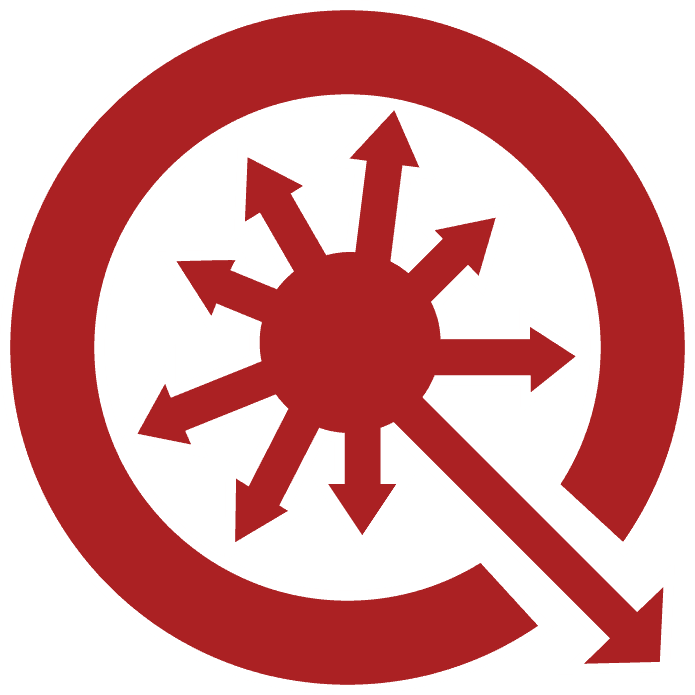Many people have asked us for an easy to read guide on installing a replacement turbo charger. After all, we probably stock and sell more turbochargers for Deutz, Perkins, and John Deere engines than anyone else in North America. For example, we have brand new Deutz turbos for all models at a fraction of the cost of OEM. Same thing with Perkins. Call us today to find what you need at a great price.
INSTALLATION AND USE
-
Check the turbocharger. If you find any bent fins or a bent shaft, please return it at once. Don’t load any force on its decompressor when carrying the turbocharger.
-
Before installing the turbocharger on the engine, you must lubricate it. Input the clean oil at the entrance of the oil drain and turn the “shaft and wheel” by hand.
-
Good engine oil is important for the turbocharger. We recommend Shell Rotella 10W-40.
-
Install the turbocharger on the engine, make sure that it is fastened, and sealed at the connection. Otherwise it will howl and leak oil.
-
After you start the engine, keep it idling for 3-5 minutes. This will ensure the turbocharger is lubricated completely. You should also idle the engine for 3-5 minutes before you shut it off as well. This will avoid coking the oil and burning the bearing. If you often operate it incorrectly, its life will be reduced.
-
Don’t keep idling over 10-15 minutes. Otherwise, it would cause leaking oil at the end of the “compressor wheel”.
-
Keep the oil pressure in the range of manufacturer’s parameter.
MAINTENANCE
-
Inspect all connections with engine. Make sure there is no looseness, no air leak, and no oil leak.
-
Ensure the turbocharger oil drain line is not restricted.
-
Clean the air cleaner frequently. Replace often.
-
If the engine has not been used for period of time (not over 7 days), you should take down the intake oil duct and lubricate turbocharger before starting the engine. Input the clean oil at the entrance of the oil drain and turn the “shaft and wheel” by hand.
-
Change the oil and oil filter every 200 hours, sooner if on a screening plant, rock crusher, or other debris-filled applications.
-
Check the radial clearance and the thrust clearance by a dial gauge. If the radial clearance is less than 0.1mm or the thrust clearance more than 0.15mm, you must ask for the professional.
FAULT FINDING CHART
| Engine Lacks Power | Black Exhaust Smoke | Blue Exhaust Smoke | High Oil Consumption | Turbocharger Noisy | Cyclic Sound from the Turbocharger | Oil Leak from Compressor Seal | Oil Leak from Turbine Seal | |
| Air leak in feed from air cleaner to compressor | X | |||||||
| Air leak in feed from compressor to intake manifold | X | X | X | X | X | |||
| Air leak between intake manifold and engine | X | X | X | X | X | |||
| Foreign object in exhaust manifold (from engine) | X | X | X | X | X | X | ||
| Restricted exhaust system | X | X | X | |||||
| Exhaust manifold cracked, gaskets blown or missing | X | X | X | |||||
| Gas leak at turbine inlet/exhaust manifold joint | X | X | X | |||||
| Gas leak in ducting after turbine outlet | X | |||||||
| Restricted turbocharger oil drain line | X | X | X | X | ||||
| Restricted engine crankcase breather | X | X | X | |||||
| Turbocharger bearing housing sludged or coked | X | X | X | X | ||||
| Fuel injection pump or fuel injectors incorrectly set | X | X | ||||||
| Engine valve timing incorrect | X | X | ||||||
| Worn engine piston rings or liners | X | X | X | X | X | X | ||
| Burnt valves and/or pistons | X | X | X | X | X | X | ||
| Excessive dirt build up on compressor wheel and/or diffuser vanes | X | X | X | X | X | X | X |

Written by Dr. Diesel
Knowledge is power. To help our customers, we share tech tips summarizing some of our opinions, knowledge and information of interest that we have gathered since 1916 when Foley Engines opened for business. If you have any questions or comments, go to “Ask Dr. Diesel™” where you can pose questions about engines, clutches, exhaust scrubbers, etc.




